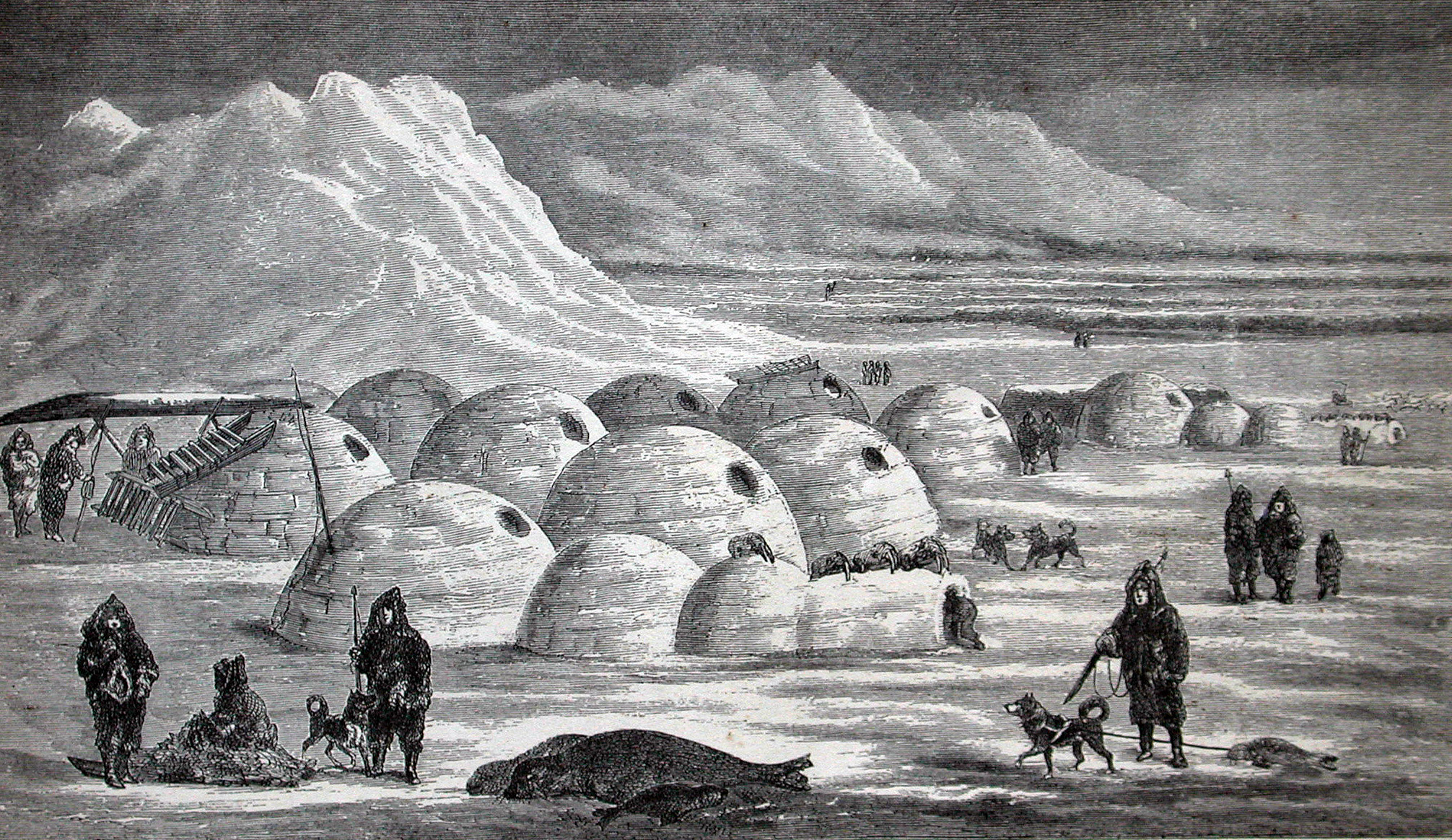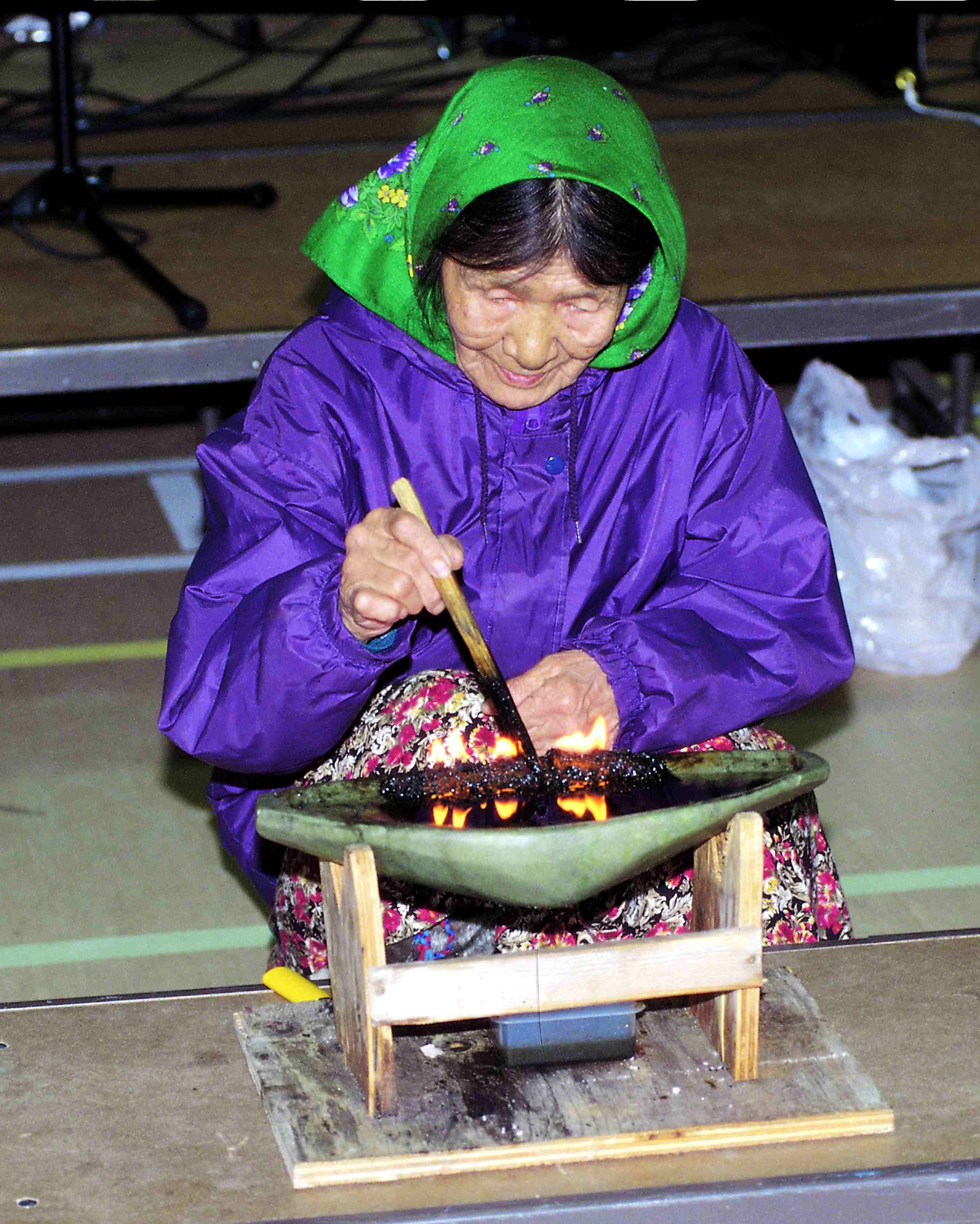|
Coat Of Arms Of Nunavut
The coat of arms of the territory of Nunavut was granted by a warrant of Roméo LeBlanc, Governor General of Canada, dated 31 March 1999, one day before the territory of Nunavut, Canada, was created. The same document specified the flag of Nunavut. Overview The symbol was designed in collaboration with Inuit elders, leaders, artists, groups, and the general population of the territory. Each symbol was chosen individually from the 800 submissions for the flag and coat of arms that were received. Five draft designs were created in collaboration between the heraldic artist at the Canadian Heraldic Authority and Andrew Qappik, an Inuit artist from Pangnirtung. The shield is blue and gold, symbolizing the riches of the land. According to the blazon, the shield should be presented on a roundel shaped shield, rather than the traditional escutcheon shape in European heraldry. In chief is a representation of the midnight sun and of the North Star, or ''Niqirtsuituk''. Below are a '' ... [...More Info...] [...Related Items...] OR: [Wikipedia] [Google] [Baidu] |
Attitude (heraldry)
In heraldry, the term attitude describes the ''position'' in which a figure (animal or human) is emblazoned as a charge, a supporter, or as a crest. The attitude of an heraldic figure always precedes any reference to the tincture of the figure and its parts. Some attitudes apply only to predatory beasts, exemplified by the beast most usual to heraldry — the heraldic lion; other terms apply to docile animals, such as the doe, usually emblazoned as a "hind". Other heraldic attitudes, such as ''volant'', describe the positions of birds, exemplified by the bird most usual to heraldry — the heraldic eagle; moreover, birds also are described by the positions of their wings. The term ''naiant'' (swimming) applies to fish, swans, ducks, and geese. The term ''segreant'' is applied to the griffin, as an approximation of ''rampant'', and is applied to the dragon. Animal figures are positioned in profile, facing dexter (the viewer's left), and persons are shown ''affronté'' (facing t ... [...More Info...] [...Related Items...] OR: [Wikipedia] [Google] [Baidu] |
Igloo
An igloo (Inuit languages: , Inuktitut syllabics (plural: )), also known as a snow house or snow hut, is a type of shelter built of suitable snow. Although igloos are often associated with all Inuit, they were traditionally used only by the people of Canada's Central Arctic and the Qaanaaq area of Greenland. Other Inuit tended to use snow to insulate their houses, which were constructed from whalebone and hides. Snow is used because the air pockets trapped in it make it an insulator. On the outside, temperatures may be as low as , but on the inside, the temperature may range from when warmed by body heat alone. Nomenclature The Inuit language word (plural ) can be used for a house or home built of any material, and is not restricted exclusively to snowhouses (called specifically , plural ), but includes traditional tents, sod houses, homes constructed of driftwood and modern buildings. Several dialects throughout the Canadian Arctic (Siglitun, Inuinnaqtun, Natsil ... [...More Info...] [...Related Items...] OR: [Wikipedia] [Google] [Baidu] |
Qulliq
The qulliq (seal-oil, blubber or soapstone lamp, iu, ᖁᓪᓕᖅ, ''kudlik'' ; ik, naniq), is the traditional oil lamp used by Arctic peoples, including the Inuit, the Chukchi people, Chukchi and the Yupik peoples. This characteristic type of oil lamp provided warmth and light in the harsh Arctic environment where there was no wood and where the sparse inhabitants relied almost entirely on seal oil or on whale blubber. This lamp was the single most important article of furniture for the Inuit in their dwellings. History It is uncertain in which period the seal-oil lamps began to be used. They are part of a series of technological innovations among the Arctic peoples whose introduction and spread has been partly documented. Oil lamps have been found in sites of Paleo-Eskimo communities dating back to the time of the Norton tradition, 3,000 years ago. They were a common implement of the Dorset culture and of the Thule people, the lamps manufactured then showing little cha ... [...More Info...] [...Related Items...] OR: [Wikipedia] [Google] [Baidu] |
Blazon
In heraldry and heraldic vexillology, a blazon is a formal description of a coat of arms, flag or similar emblem, from which the reader can reconstruct the appropriate image. The verb ''to blazon'' means to create such a description. The visual depiction of a coat of arms or flag has traditionally had considerable latitude in design, but a verbal blazon specifies the essentially distinctive elements. A coat of arms or flag is therefore primarily defined not by a picture but rather by the wording of its blazon (though in modern usage flags are often additionally and more precisely defined using geometrical specifications). ''Blazon'' is also the specialized language in which a blazon is written, and, as a verb, the act of writing such a description. ''Blazonry'' is the art, craft or practice of creating a blazon. The language employed in ''blazonry'' has its own vocabulary, grammar and syntax, which becomes essential for comprehension when blazoning a complex coat of arms. Ot ... [...More Info...] [...Related Items...] OR: [Wikipedia] [Google] [Baidu] |

